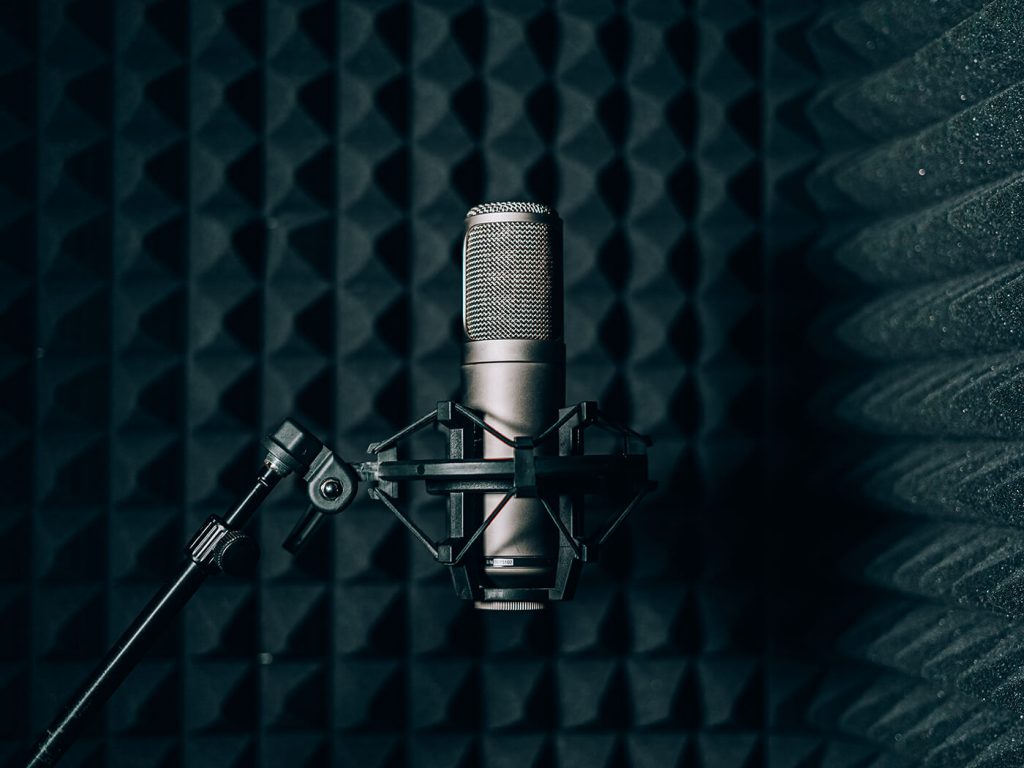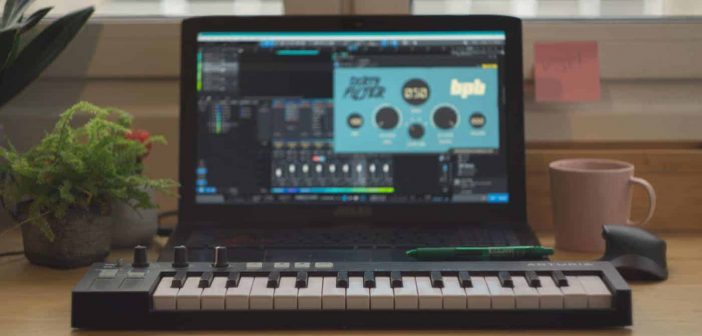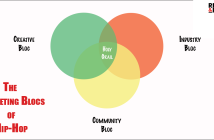Music Production could seem overwhelming at the very beginning. This piece covers the main principles of music production; starting, equipment required (for recording, mixing, and mastering.), and some production tips that will help beginners jumpstart their music production careers.
What Is Music Production?
Music production is the entire process involved in the production of a track; writing, melodies, recording, mixing and mastering the finished song. Production can be approached at different stages, and it solely depends on your interest to learn more or all the aspects of music production.
- Songwriting
- Tracking
- Arrangement
- Editing
- Mixing
- Mastering
Music Production Gear
Before going into details on how to go about music production, let’s look at the standard gear you’d need to carry out all and some parts of music production you might be interested in. These are pieces of equipment you can set up in your bedroom for a complete home studio setup.
Main Components Of A Starter Setup
- Computer
- Microphone
- DAW
- Audio Interface
- Headphones/ Monitors
- Plug-ins
Computer
A computer (desktop or laptop) is the basic requirement for music production, as it hosts the production software (DAW). The best music production for you is the computer you can afford. No need to break the bank or start with a top-tier Macbook Pro model. Your best choice for performance is a 16GB RAM Core i5 Processor PC. If you prefer Mac, then used Macbook Pro models from 2012-2015 should suffice. Either PC or Macbook Pro, you should be prepared to part with $500-$1000.
DAW
The Digital Audio Workstation (DAW) is the program on your computer where you will write, produce, record, mix, and master songs. This component has a lot of options available, but what matters most in selecting your preferred DAW is your taste and workflow.
It’s likely you stick to the DAW that you choose first – but with companies such as PreSonus offering free trials. You could try out a few before settling for the best fit.
DAWs have no effect on your songwriting skill; it doesn’t improve or worsen your lyrical ability, thus, you can write, record, mix and master your projects on a single DAW. Have no excuses.
Some recommend DAWs to try out if you’re just starting out:
Audio Interface
Audio Interfaces serve 2 purposes:
- Record music and instruments through microphones, or the line input
- and to connect your monitor speakers or headphones to listen to your production.
Audio Interfaces are connected to your PC or Mac through USB, and FireWire or Thunderbolt. Interfaces such as Focusrite Scarlett 2i2. The microphones can be used to record any instrument and sound, while electric guitars have an input option.
Headphones/Monitor-Speakers
Studio headphones and/or monitor speakers are crucial for good results in music production. One can hear different frequencies levelled out equally with a decent headphone and monitor setup. Ensure not to use the cheapest headphones as they frequently emphasize one frequency over another. You also necessarily need to break the bank either, by spending $1000 on headphones and monitor speakers.
Microphone
The microphone records all sounds from instruments, objects, as well as your vocals. Checkout quality affordable microphones to get for your home studio setup.
Plugins
Plugins are a great bonus! The DAWs mentioned above have high-quality plugins that can be used for production, mixing, and mastering processes. You could start with some decent reverb, EQ, compressor, and mastering limiter if you wish to up your game.
Production
Your home studio is now up and running. Time to produce music.
Songwriting, arrangement, and production happen almost at the same time for most artistes. These days, with non-destructive recording and editing and the plethora of sounds, loops, and plugins at our disposal within a single computer, the process is less linear.
I will list these steps in order, to give you a reference point and foundation. You can come up with your own workflow or process. At the end of the day, it’s what works best for you that matters.
Songwriting
There are various types of producers, and some of you may not be planning on writing songs – so feel free to skip this part if it doesn’t apply to you!
This stage involves jotting down every musical ideas you come up with. Use appealing melodic, harmonic and rhythmic concepts. Develop ideas with the beginning, middle, and end parts in mind – You can make use of your phone’s voice notes to collect your musical ideas.
A single beat or melody doesn’t make a song. Start developing basic musical ideas, like harmonies and the different structural parts. Play around with melodies and partner them with different versions of harmonic structures.
Use different instruments to try out melodies and harmonies. What sounds out of place on a guitar might sound great on a violin or piano. Lay the harmonies down with a pad and double the piano chords with it – it will be quite simple at this stage.
Enjoy the process! This is a great time to play around with your ideas, as music is always about pushing the boundaries of existing genres and sub-genres.
Arrangement
So, your basic song parts are ready. Next up is the arrangement.
Choose instruments that influence the genre and style of the song, and organize the parts into the song structure you desire in-depth. Make sure you don’t start out too loud on the individual tracks, and push your faders down to about -6db. That way, you have enough headroom to add plenty of instruments and vocals tracks. This will also help you to have enough headroom on your levels for the actual mixing process.
Here are some brief tips on different sections of a song
The Intro
This can either be a big bang or a gentle lead-in. Some producers use the signature hook and arrange it in a way that suits the intro, whereas some just use the harmonies of the chorus without the vocals or even solo vocals.
Verse
This is where the story that you are telling begins. Remember to use the lyrics to guide the listener through the story. To keep it exciting and interesting for the listener, add slight variations to the backing track in every verse (whether through virtual or recorded instruments).
You can look up ghostwriting services online if you require any. Emcees or femcees that spit someone else’s lines is frowned on in hip-hop culture, it is simply fair game in the other genres. Rappers are unique by their writing style as well as their delivery.
Chorus
This is the climax of every song, the part everyone remembers. Coming from the verse, into the chorus the listener expects a change in either pace, dynamic or volume. Use new and distinctive instrumentation, and introduce new instruments that are featured only in the chorus that will function as a signature hook sound.
Bridge
The bridge typically comes after the second chorus, thus, it brings variety into the song. The bridge usually features a harmonic structure that hasn’t yet been heard in the song, and features different lyrics.

Mixing
You already have the entire song and its structure – melodies, harmonies, hooks, verses, bridge, adlibs, backup – arranged and recorded.
Monitor your mix at a reasonable volume. Your ears will get tired and you will not be able to mix properly if the volume is too loud. Mixing requires a lot of practice; be patient with yourself.
You now produced and committed to a version of your song that sounds good, with rough levels and panning in place. In the mixing process, blend all of your recorded and virtual tracks together. You can do this by using different processes and processing plugins to do that.
EQ, Compressor & Reverb are the most basic. Here is a short description of each:
EQ
EQ helps shape the sound in your mix. You can reduce and/or highlight frequencies that bother you. Begin with only 3 frequency bands for now. The low cut removes frequencies below a certain threshold. You don’t need anything under 50Hz for female vocals, for example.
Use one band for the mids, and remove again – listening carefully.
With a high slope, you can bring some of that brightness and crispness to vocals or almost any higher register instrument (virtual or real). At 8kHz, give it a couple of dB and it will cut better through the mix.
A couple of general rules:
- Try to lower/cut out frequencies before adding them through an EQ.
- Be careful and give your ears 3-4 hours rest, and listen back.
- Adjust the settings to your liking.
- Don’t overdo it.
Compressor
A compressor evens out dynamic spikes in music production. It helps to adjust the volume level of the quieter parts of a recording.
If you don’t see the level meter move, then add some gain until you see the meter react. Then, adjust the threshold level and listen closely until you hear your material change.
Reverb
Reverb gives space to a signal or recording. Even free reverb plugins have a decent sound and tons of presets to choose from. Generally speaking, what needs reverb is mostly a matter of taste. Try to use it on voice, guitar, snare drums, and strings.
Finessing The Mix
When you are finished with your first mix attempt, listen to it on different sound levels: loud, quiet, and in the middle (on headphones and speakers). Make use of different speaker types: phones, car stereos, and the earbuds/earpiece that came with your phone (let’s be honest, most people consume music that way).
Mastering
This stage is when you take your track to a new level of clarity and brilliance. It’s usually referred to as the polish!
Make sure your track is balanced in the stereo field, and is optimised across all systems, media formats and streaming platforms. There are certain plugins that help, e.g. Ozone from Izotope. It packs all the mastering tools in one tidy interface, with presets for different genres and styles. The next step up would be a service like LANDR. They have developed an algorithm that is pretty good and gets you quick results for a reasonable price.
You could also hire a mastering engineer, they do know what they are doing.
Now you have the basics required for music production. You can find more resources and courses online. The trick to music production is to study, apply the knowledge with your ideas until you come up with a signature production.




